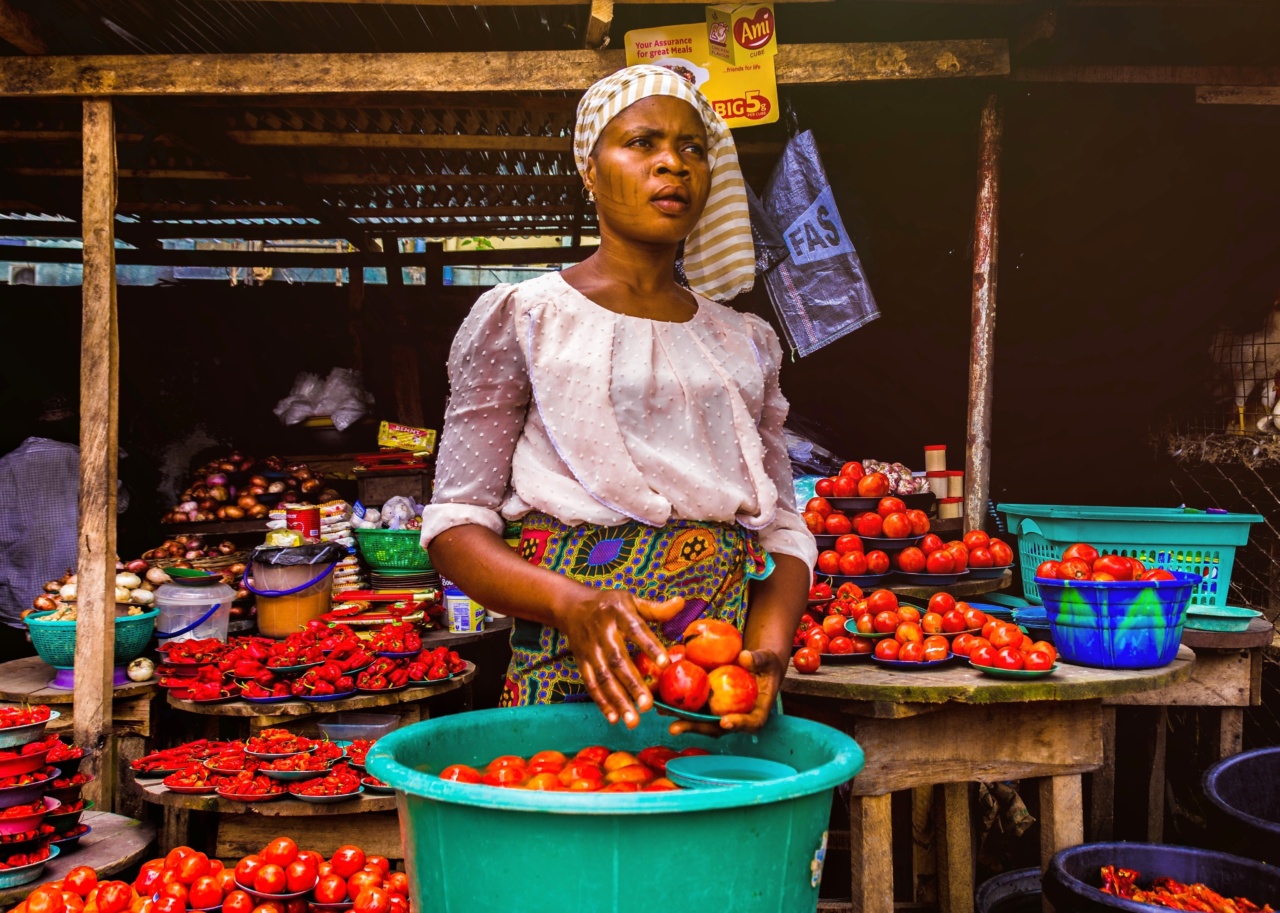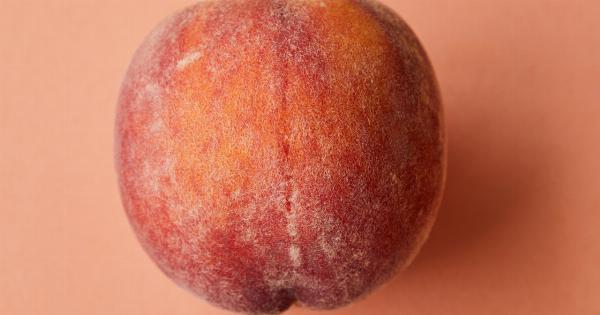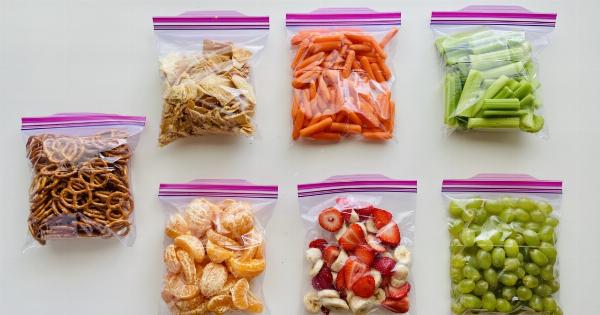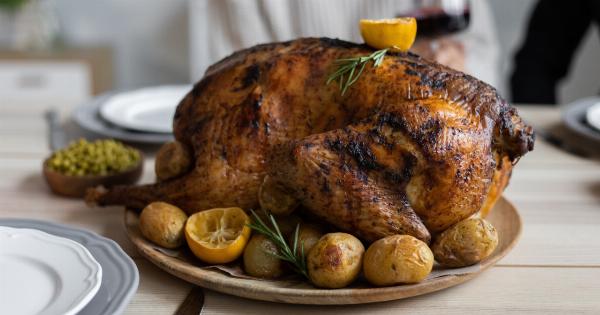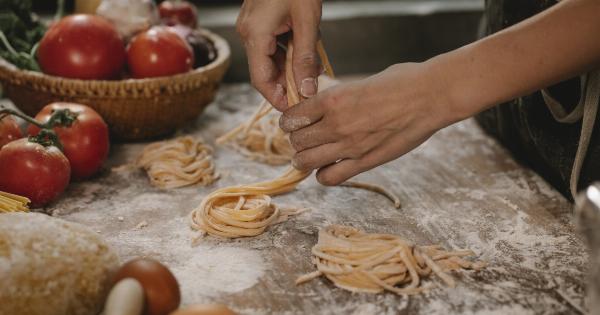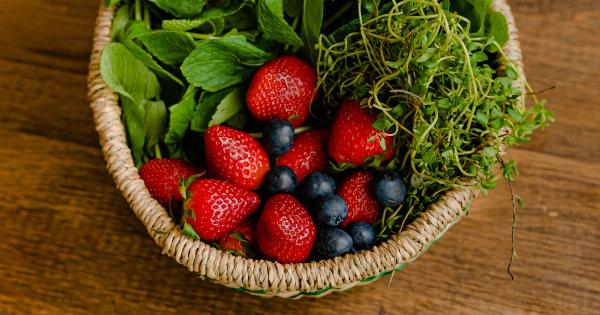Storing fruits and vegetables properly is essential to maintain their freshness and extend their shelf life.
Whether you have a bountiful harvest from your garden or have purchased an assortment of produce from the grocery store, taking the right steps to store them can make a significant difference in their quality and taste. In this article, we will explore various techniques and tips to help you store fruits and vegetables to keep them fresh for longer.
1. Understanding Storage Needs
Before diving into specific storage techniques, it is crucial to understand that different fruits and vegetables have different storage needs. While some may require refrigeration, others may prefer cool, dark, and well-ventilated spaces.
By knowing the specific requirements of each type of produce, you can optimize their freshness and prevent spoilage.
2. Refrigeration Guidelines
Refrigeration is one of the most common methods to store fruits and vegetables. However, not all produce thrives in cold temperatures.
2.1 Fruits
Fruits can be categorized into three groups based on their refrigeration needs:.
2.1.1 Refrigerate
– Apples.
– Berries (except strawberries).
– Cherries.
– Grapes.
– Citrus fruits (lemons, oranges, etc.).
– Kiwi.
– Stone fruits (apricots, peaches, plums, etc.).
2.1.2 Ripen then refrigerate
– Avocados.
– Bananas.
– Mangos.
– Melons.
– Pears.
– Tomatoes.
2.1.3 Do not refrigerate (store at room temperature)
– Bananas (unless ripe).
– Pineapples.
– Watermelons.
– Strawberries.
– Peaches (unless ripe).
2.2 Vegetables
Vegetables can also be divided based on their refrigeration requirements:.
2.2.1 Refrigerate
– Leafy greens (spinach, lettuce, etc.).
– Broccoli.
– Carrots.
– Celery.
– Cauliflower.
– Green beans.
2.2.2 Do not refrigerate (store at room temperature)
– Potatoes.
– Onions.
– Garlic.
– Squashes.
– Tomatoes.
3. Preparing Fruits and Vegetables for Storage
Prior to storing your produce, it is essential to properly prepare them to ensure longevity.
3.1 Sort and Inspect
Sort through your fruits and vegetables and discard any damaged or spoiled ones. This prevents the spread of decay and helps maintain freshness in the remaining produce.
3.2 Remove Tops and Leaves
For fruits and vegetables with leafy tops, such as carrots and beets, it is advisable to remove the greens. These greens draw moisture and nutrients away from the roots, leading to spoilage. Store the tops separately, using them within a few days.
3.3 Don’t Wash Before Storage
It’s best not to wash fruits and vegetables before storing them, as moisture can promote microbial growth and cause them to spoil sooner. However, if produce is exceptionally dirty, gently remove dirt with a damp cloth or paper towel.
Let them air dry before storing.
4. Storage Techniques
Now that you have prepped your produce, let’s explore various storage techniques to keep them fresh for longer.
4.1 Refrigerator Storage
Refrigerators are a popular choice for storing fruits and vegetables, as they provide a cool and controlled environment.
4.1.1 Crisper Drawers
Use the crisper drawers in your refrigerator to store fruits and vegetables that require refrigeration. These drawers help maintain humidity levels and prevent the transfer of odors between different types of produce.
Keep fruits and vegetables separate to avoid ethylene gas produced by some fruits from causing premature ripening in others.
4.1.2 Plastic Bags with Holes
Semi-permeable plastic bags with small holes can be used to store fruits and vegetables like grapes, cherries, berries, and greens. Place the produce in the bags and leave them slightly open to allow airflow.
4.1.3 Wrap and Seal
For produce like cucumbers, zucchini, and peppers, wrap them individually in plastic wrap or sealable bags before storing in the refrigerator. This helps maintain their crispness and prevents moisture loss.
4.2 Counter Storage
Some fruits and vegetables prefer to be stored at room temperature, away from direct sunlight and heat sources.
4.2.1 Fruit Bowls
Fruits such as bananas, avocados, and tomatoes can be stored in a fruit bowl on the counter. Ensure they are not overcrowded, as this can accelerate the ripening process. Check them regularly and promptly consume any ripe fruits to prevent overripening.
4.2.2 Root Cellar or Dark Cupboard
Root vegetables like potatoes, onions, and garlic prefer cool, dark, and well-ventilated spaces. A root cellar, if available, is an ideal storage location. Alternatively, store them in a dark cupboard or pantry, away from moisture and excessive heat.
5. Tips for Freshness
Here are a few additional tips to help maximize the freshness and shelf life of your fruits and vegetables:.
5.1 Regularly Check and Rotate
Frequently check your stored produce for any signs of spoilage or overripening. Remove any affected ones immediately before they contaminate the rest. Additionally, rotate the produce to ensure even usage.
5.2 Freezing for Long-Term Storage
If you have a surplus of fruits or vegetables that are nearing their expiration, consider freezing them for longer-term storage. Properly blanch and store them in airtight containers or freezer bags to retain their freshness.
5.3 Avoid Ethylene Exposure
As mentioned earlier, some fruits and vegetables produce ethylene gas, which speeds up the ripening process. Keep ethylene-sensitive produce away from ethylene producers to prevent premature spoilage.
Conclusion
By understanding the specific storage needs of different fruits and vegetables and following the appropriate techniques, you can extend their freshness and enjoy their flavors for longer.
Whether you choose to refrigerate, store at room temperature, or freeze, proper storage practices play a vital role in reducing waste and ensuring a more sustainable approach to food consumption.
